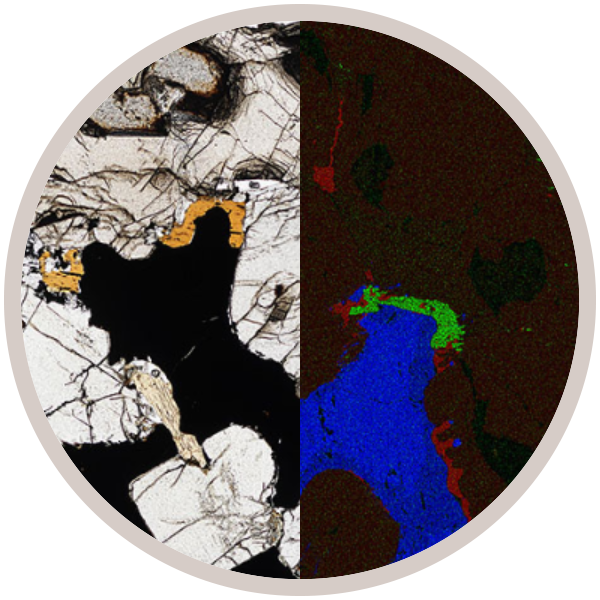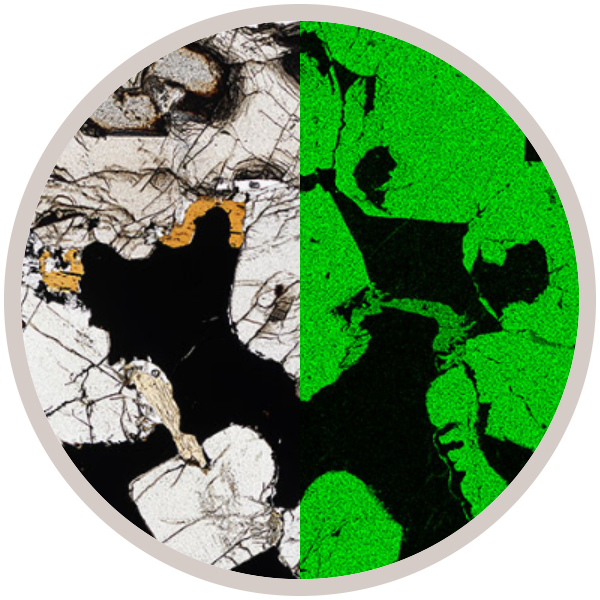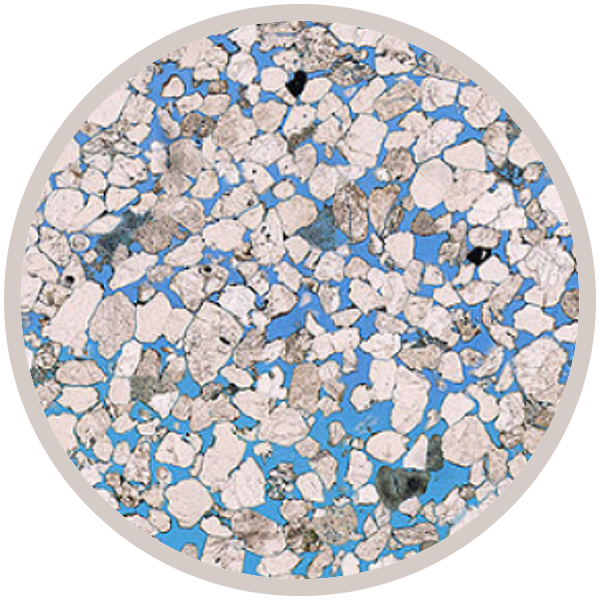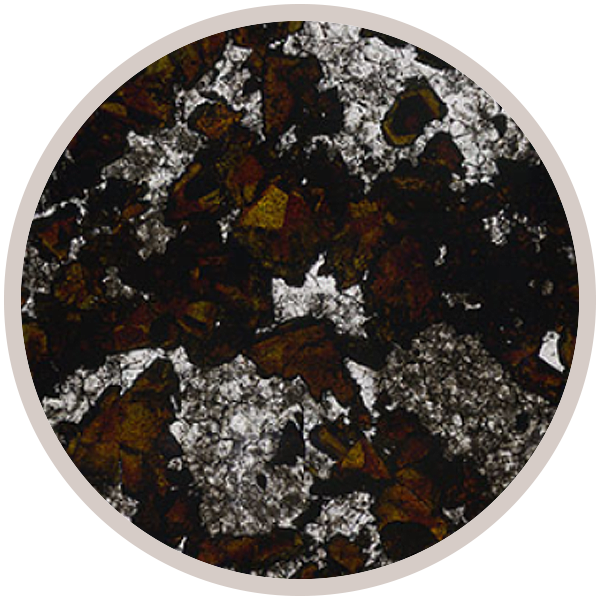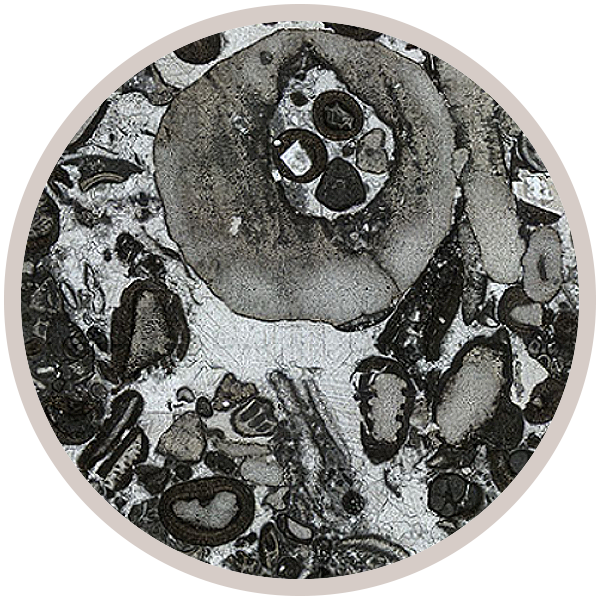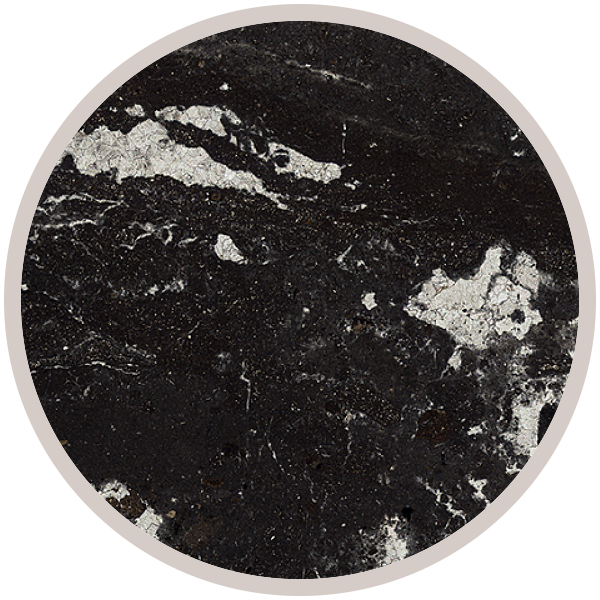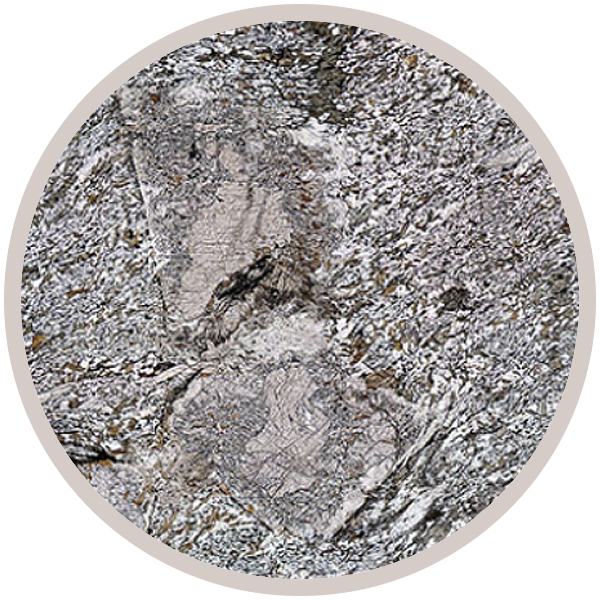
Fact sheet
This pelite is from the Neoproterozoic Dalradian Supergroup. It was converted to schist during the ca 470Ma Grampian orogeny, then metamorphosed a second time through contact metamorphism in the aureole of the ca 400Ma Ardara pluton, which is part of the Donegal batholith. The pluton was emplaced by forceful inflation in two stages. These two stages may be the cause of the early pink embayed cores (in some porphyroblasts only), and the late clear overgrowth, respectively, of the andalusite.
A group of iCRAG members (UCC, TCD, NUIG and UCD) in partnership with The Open University have created a new collection of Irish rocks and associated learning materials for the Virtual Microscope of Earth Sciences.
The project which is entitled 'The Geoscience e-Laboratory (GeoLab): Developing Digital Teaching and Learning Resources for the Virtual Microscope' seeks to develop open access teaching resources in the form of interactive exercises and assessment rubrics for the Virtual Microscope. Find out more about the project at the GeoLab website.
The Collection was created using funding from the Faculty of Engineering, Mathematics and Science at Trinity College, Dublin, and the National Forum Teaching and Learning Enhancement Fund. One sample (Merensky Reef) showcasing x-ray element maps in addition to the usual PPL/XPL/REF images was funded by Prof. Balz Kamber's MetalIntelligence EU training network grant.

